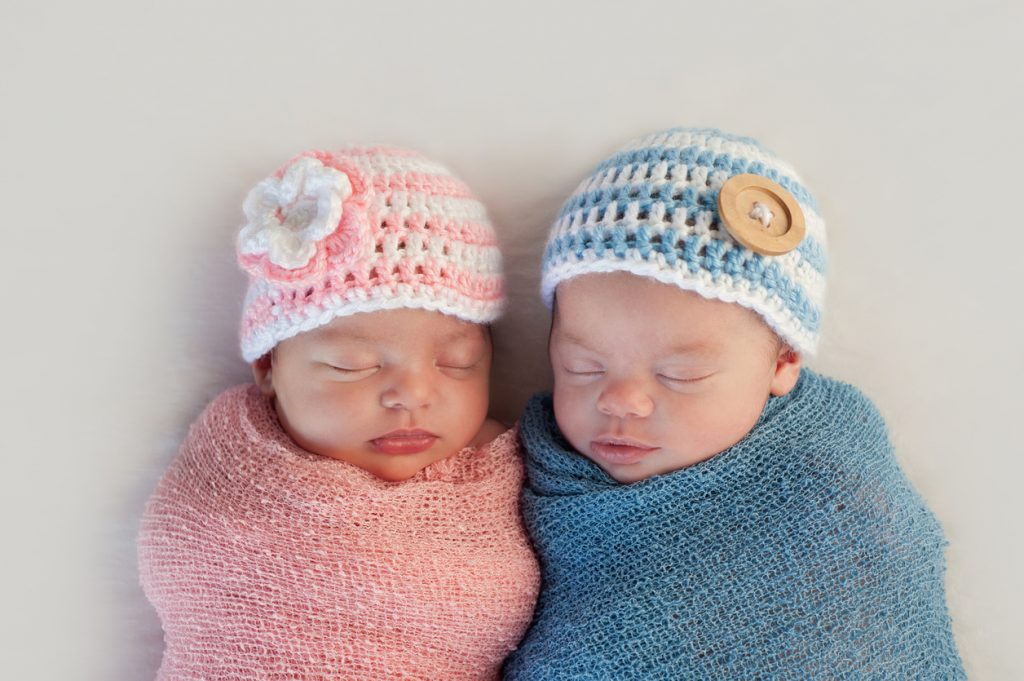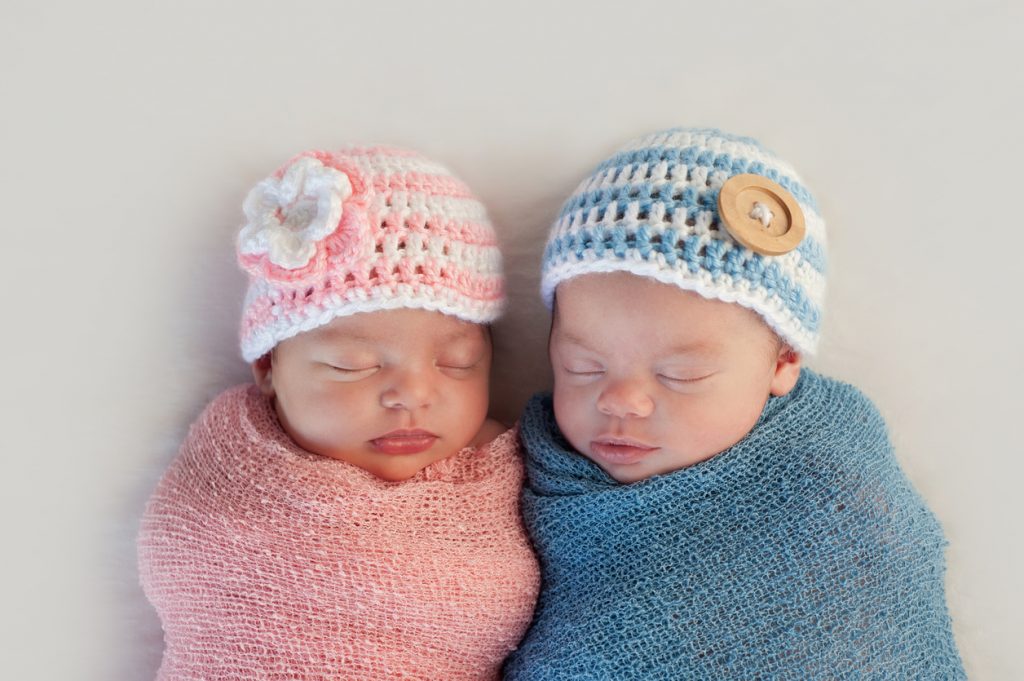March 14 was “International Ask a Question Day,” and over on our Facebook page, we invited our readers to, well, ask a question and be entered in a giveaway. The response was overwhelming—hundreds of you BRI stalwarts posed a trivia conundrum. Unfortunately, we can’t answer all of them and not everyone can be a winner, but we did pick five of the most intriguing one…which we’re going to answer here. One of our winning questions comes from reader Elaine C., who asked…
Why is pink the “girl” color and blue is the “boy” color?
Clothing Colors
It’s something that starts when we’re babies: Parents dress their newborns in shades of blue for a baby boy, and various pinks for a baby girl. (If anything, it helps identify babies, who don’t display a lot of gender-specific characteristics, to strangers: At a glance at the baby and their clothes, their gender, generally speaking, is conveyed.)
Marketing
It recurs throughout life, too—in western culture, pink is synonymous with girls and women, and blue is often viewed as a “male” color. Of course, there’s nothing innately feminine about the color pink, or masculine about the color blue. All of it came from marketing.
Dirty Laundry
Back in the 19th century, for example, parents dressed their babies, boys and girls, in white. That was born of practicality: It’s much easier to clean dirty baby clothes (with bleach or other chemical cleansers) than it is to clean colored garments, and babies certainly produce a lot of dirty clothes.
Back in 1918
Oddly enough, when pink and blue got assigned a gender, it was the opposite way of how it turned out. In 1918, a baby clothes trade magazine called Earnshaw’s Infants’ Department recommended “pink for the boys, and blue for the girls.” Why? “Pink, being a more decided and stronger color, is more suitable for the boy, while blue, which is more delicate and dainty, is prettier for the girl.”
The Color Switch
Gradually, over time, they switched. By World War II, women’s clothing featured feminine flowers, which are pink more often than they are blue. Trendsetting and influential designers started making pink for women and girls…and it just kind of stuck. Many fashion designers then, as now, are French, a culture in which pink is the traditional color for girls…and blue is the color for boys. That influenced the way they designed garments.
Baby Showers
Also helping to drive the point were baby showers. When science allowed expectant parents to know their baby’s gender before birth, companies could market gifts and nursery decorations to help them prepare: blue for boys, pink for girls.









